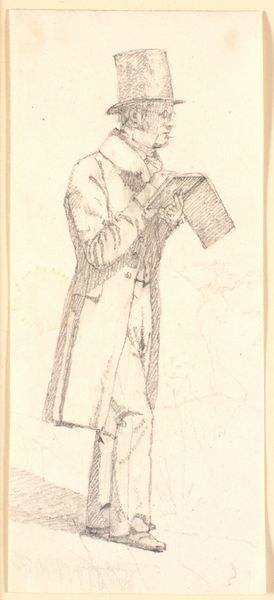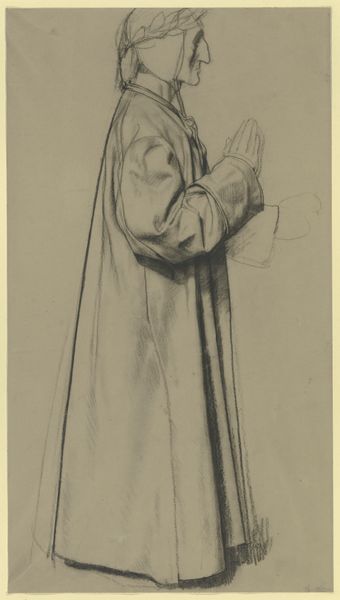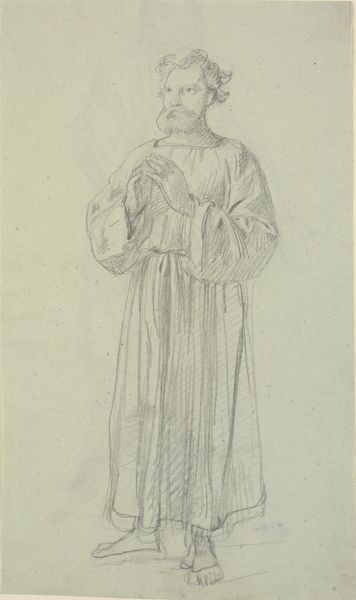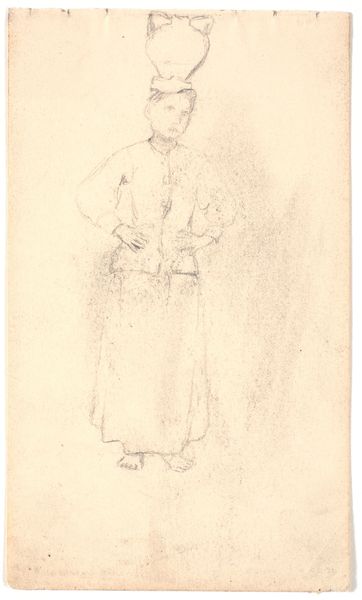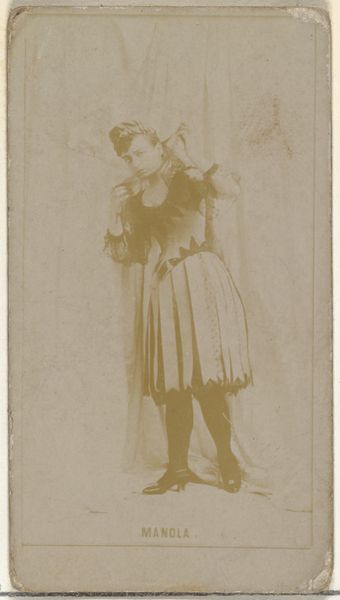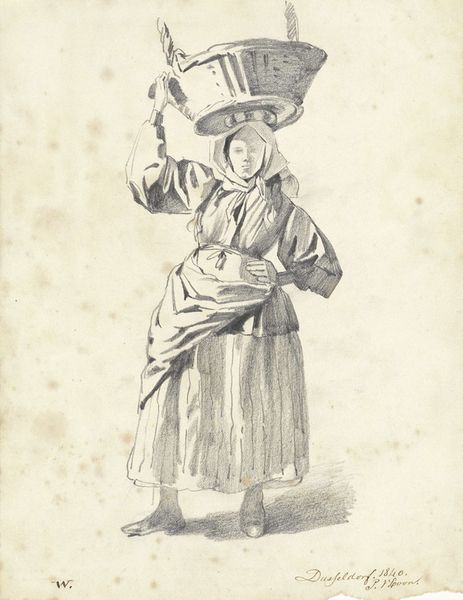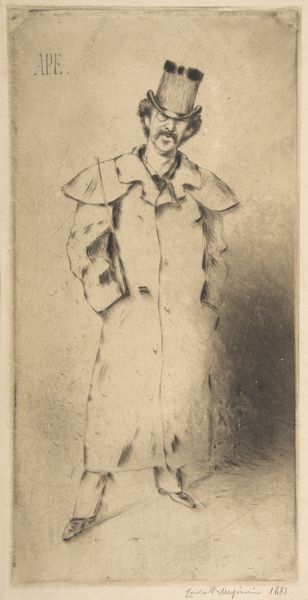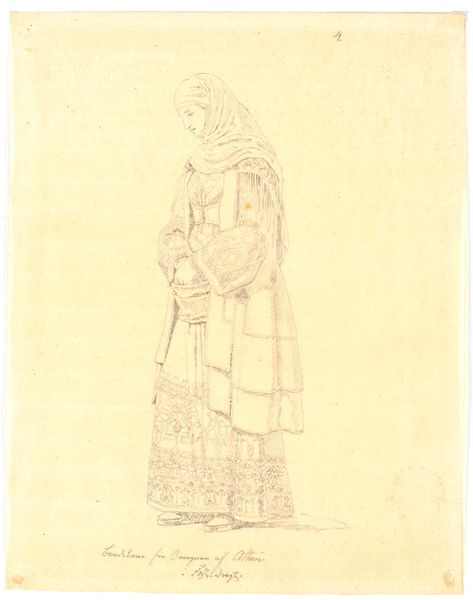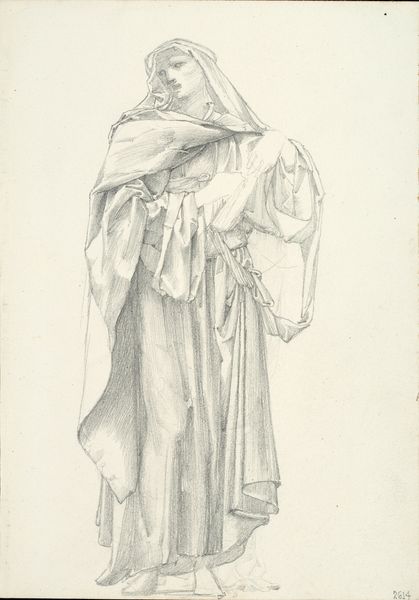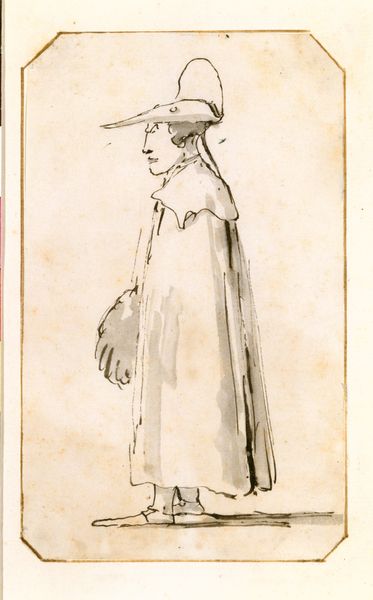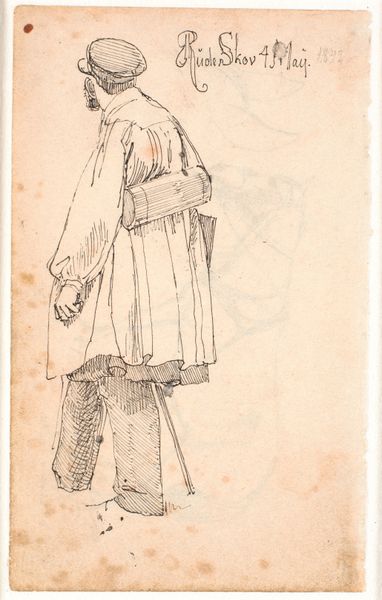
Studie af kunstnerens søster Cecilie Margrethe, t.h. to skitser af hendes hoved samt skitser af hendes hals og skulder og af hendes højre hånd 1831
0:00
0:00
drawing, pencil
#
portrait
#
drawing
#
pencil sketch
#
romanticism
#
pencil
#
academic-art
Dimensions: 167 mm (height) x 108 mm (width) (bladmaal)
Curator: The quiet introspection of this pencil drawing immediately strikes me. The soft gradations of tone create such a peaceful atmosphere. Editor: This is "Study of the Artist's Sister Cecilie Margrethe," made in 1831 by Christen Købke. It's currently housed at the SMK, the National Gallery of Denmark. It shows his sister, apparently absorbed in knitting, along with a couple of additional sketched studies. Curator: It is more than just a study, don't you think? Given the societal expectations of women during that period, particularly within bourgeois families, her engagement in domestic craft underscores a constrained agency. Knitting as a symbol becomes almost...political. Editor: Intriguing, I see your point. Looking at it from a purely formal perspective, though, I'm captivated by Købke’s use of line. Observe how the repeated strokes delineate the form, building volume with remarkable economy. The preliminary studies of the head and hand offer further insight into his artistic process, almost like visual annotations. Curator: And consider the role of Romanticism! The work is not simply an objective rendering; there's a palpable idealization of domestic life. This romantic lens filters how we engage with even mundane acts. How does the sketch's aesthetic affect the viewer’s perception of her domesticity and familial role? Is it merely an objective representation, or something far more ideologically weighted? Editor: It is not photo-real, by any stretch of the imagination. Köbke is not just depicting his sister; he’s actively constructing a particular visual narrative through selection and style. I find the structural clarity lends to a strong sense of idealized form; observe the repetition of linear designs—the drapery in her dress is structurally quite sound, isn't it? It gives a rhythmic sensibility. Curator: Absolutely. And I can't help but think about the power dynamics implicit in artistic representation. He holds the artistic gaze, imbuing his sister with his artistic vision; her reality becomes mediated and reinterpreted through his artistic consciousness, her subjectivity almost becoming subjugated to artistic purpose. It raises complex questions about who has the right to depict whom, especially within a familial setting. Editor: Your perspective definitely pushes me to reconsider the sketch’s broader implications. I can only admire the masterful execution of texture and line, the delicate modeling, all of the objective and quantifiable components which are all really impressive. Curator: I believe this encounter only reinforces how artworks, however seemingly straightforward, are products of social contexts. Looking at "Study of the Artist's Sister" opens doors to discuss the gendered nature of artistic creation and familial representation in art. Editor: From a study in structure to a mirror on societal structure – a fascinating re-imagining of Købke's visual notes.
Comments
No comments
Be the first to comment and join the conversation on the ultimate creative platform.
